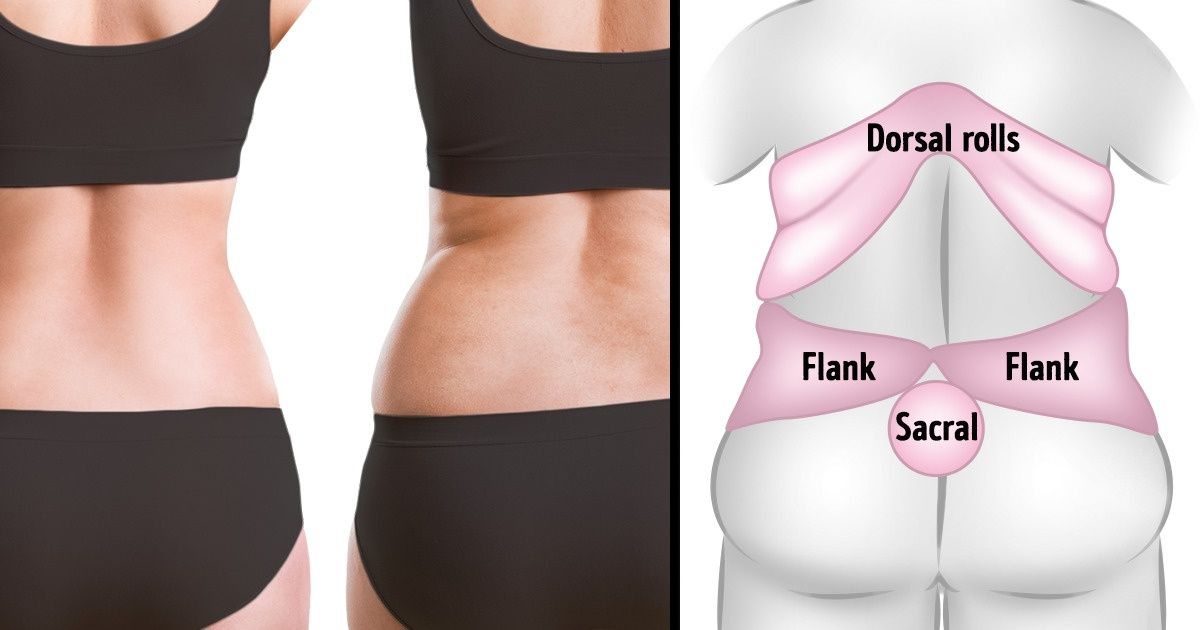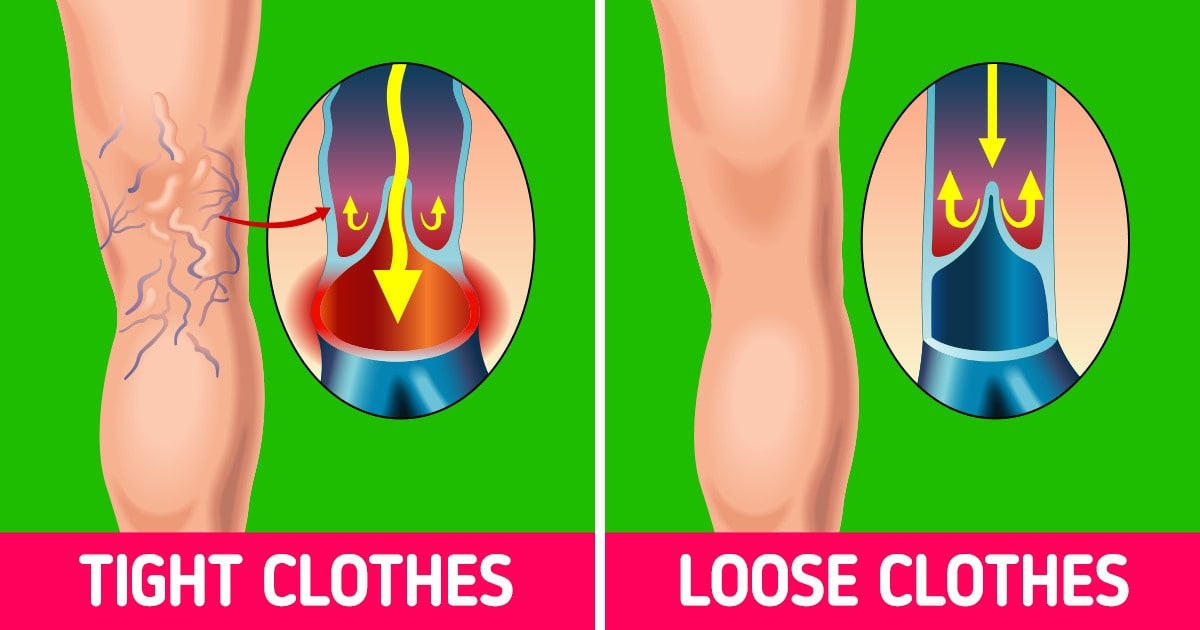Yoga is a physical, mental, and spiritual practice that originated in ancient India. The practice of yoga has become increasingly popular in recent years, as people discover the many physical and mental benefits it has to offer.
From improved flexibility and strength to reduced stress and anxiety, the benefits of practicing yoga are numerous and far-reaching. In this post, we’ll explore the many ways in which practicing yoga can improve your physical and mental health and offer tips for incorporating yoga into your daily routine.
Physical Benefits of Yoga

Yoga is a low-impact form of exercise that can help improve flexibility, strength, balance, and cardiovascular health. Some of the physical benefits of practicing yoga include:
Improved flexibility and range of motion: Yoga poses can help improve flexibility and range of motion in your muscles and joints, which can help prevent injuries and improve overall mobility.
Increased strength and muscle tone: Yoga poses require you to engage and strengthen your muscles, which can help improve overall strength and muscle tone.
Improved balance and coordination: Yoga poses require you to maintain balance and coordination, which can help improve overall balance and coordination.
Reduced risk of injury: Yoga is a low-impact form of exercise that is gentle on your joints and can help reduce the risk of injury.
Improved cardiovascular health: Certain styles of yoga, such as Vinyasa, can help improve cardiovascular health by increasing heart rate and improving circulation.
Better breathing and lung capacity: Many yoga poses involve deep breathing, which can help improve lung capacity and overall respiratory health.
Mental Benefits of Yoga
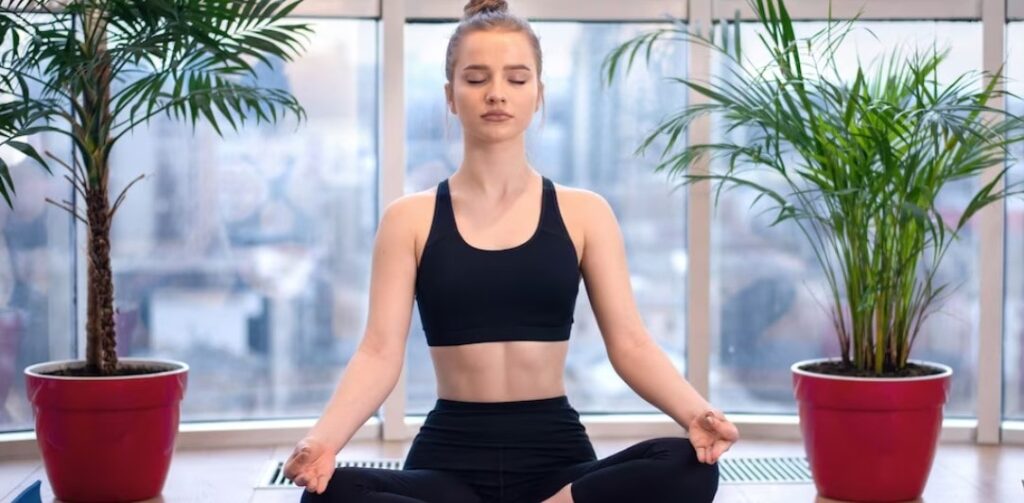
Yoga is also known for its many mental health benefits. Some of the mental benefits of practicing yoga include:
Reduced stress and anxiety: Yoga has been shown to reduce levels of stress and anxiety, both of which can have a negative impact on physical and mental health.
Improved mood and well-being: Yoga has been shown to improve mood and overall well-being, which can have a positive impact on all aspects of life.
Increased mindfulness and awareness: Practicing yoga requires you to focus on your breath and the present moment, which can help improve mindfulness and awareness.
Improved sleep quality: Yoga has been shown to improve sleep quality, which is important for overall health and well-being.
Improved cognitive function: Yoga has been shown to improve cognitive function, including memory, attention, and decision-making.
Reduced symptoms of depression: Yoga has been shown to reduce symptoms of depression, making it a helpful adjunct to traditional treatments for depression.
Types of Yoga
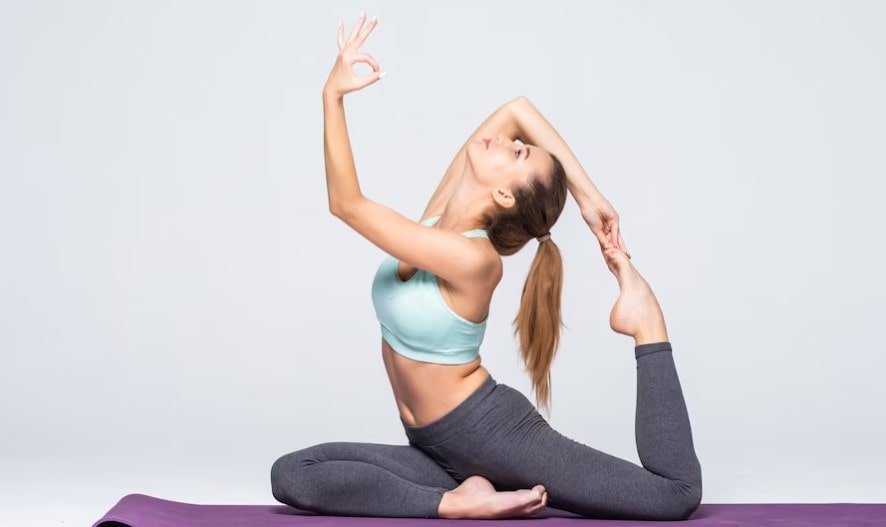
There are many different types of yoga, each with its own unique benefits and focus. Some of the most popular types of yoga include:
Hatha: A gentle style of yoga that focuses on basic yoga poses and breathing techniques.
Vinyasa: A more dynamic style of yoga that focuses on flowing from one pose to the next, often accompanied by music.
Restorative: A gentle style of yoga that uses props to support the body in restful poses, allowing for deep relaxation and restoration.
Bikram: A style of yoga practiced in a heated room, which can help improve flexibility and detoxification.
Tips for Practicing Yoga
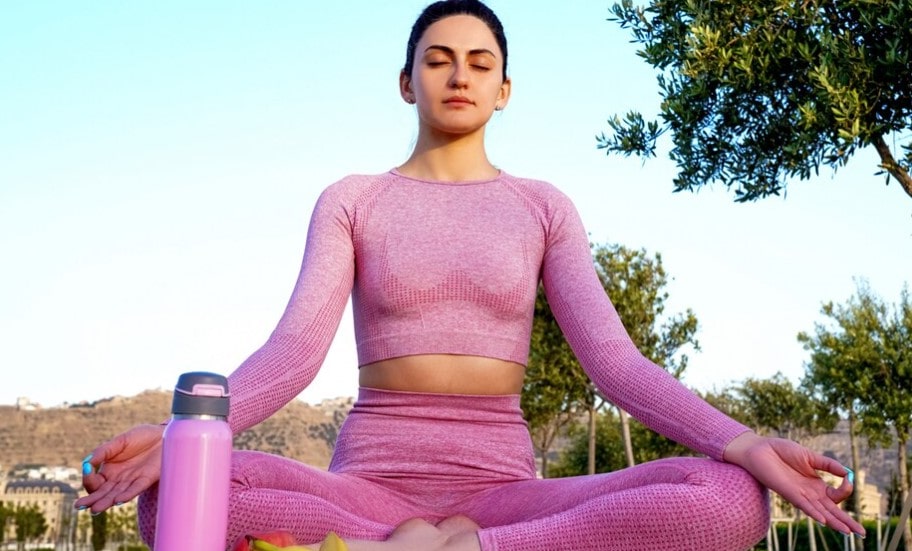
If you’re interested in trying yoga, here are some tips to get started:
Find a good teacher or class: Look for a yoga teacher or class that is experienced and knowledgeable, and that makes you feel comfortable.
Equipment needed for yoga: You don’t need much equipment to practice yoga, but a yoga mat and comfortable clothing are recommended.
Tips for beginners: If you’re new to yoga, start with a beginner’s class, and don’t be afraid to modify poses to suit your level of flexibility and comfort.
Practice regularly: Consistency is key when it comes to seeing the physical and mental benefits of yoga. Try to practice yoga at least 2-3 times per week.
Listen to your body: Yoga should feel good and be enjoyable. If a pose feels uncomfortable or painful, modify or skip it altogether.
Incorporating Yoga into Your Daily Routine
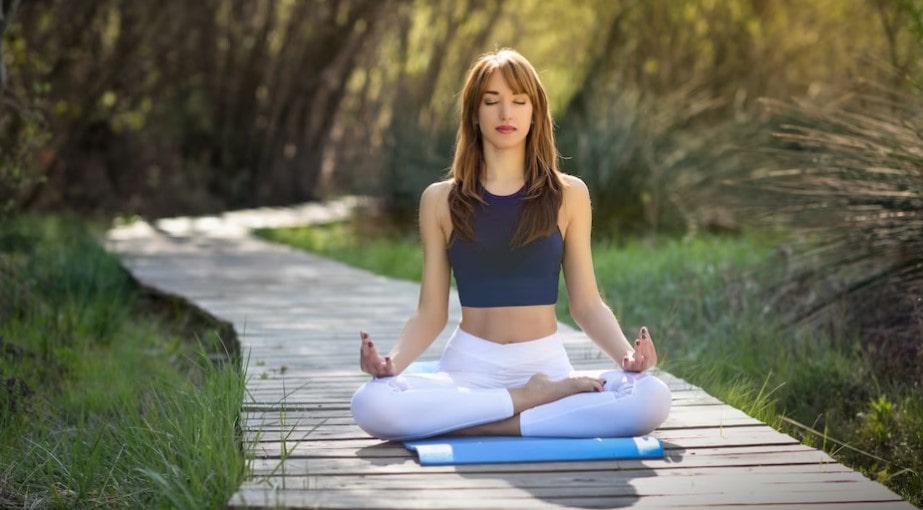
Start with a short practice: Even just 10-15 minutes of yoga can have benefits. Start small and gradually increase the length of your practice as you become more comfortable.
Find a time that works for you: Whether it’s first thing in the morning, during your lunch break, or before bed, find a time that fits with your schedule and make it a priority.
Make it a habit: Try to practice yoga at the same time every day to create a routine. This will help make it feel like a natural and necessary part of your day.
Set up a dedicated space: Creating a designated space for your yoga practice can help motivate you to practice regularly. It can be as simple as rolling out a mat in a corner of your room.
Tips for Making Yoga a Regular Part of Your Routine
Make it enjoyable: Choose types of yoga that you enjoy and find a teacher or online class that resonates with you.
Find a yoga buddy: Practicing with a friend or joining a group can help keep you motivated and accountable.
Set goals: Whether it’s mastering a challenging pose or practicing yoga a certain number of times per week, setting goals can help you stay on track and measure progress.
Importance of Consistency in Yoga Practice
Consistency is key when it comes to seeing the physical and mental benefits of yoga. While it’s important to listen to your body and take breaks when needed, making yoga a regular part of your routine can help you see progress and improvements. Even just a few minutes of yoga per day can have benefits, so commit to a consistent practice and see the positive impact it can have on your overall health and well-being.
Conclusion
In conclusion, practicing yoga can have numerous benefits for both physical and mental health. From improved flexibility and strength to reduced stress and anxiety, incorporating yoga into your daily routine can have a positive impact on all aspects of life. By finding a type of yoga that suits your needs and practicing regularly, you can reap the many benefits that this ancient practice has to offer. So roll out your mat and give it a try – your mind and body will thank you!







